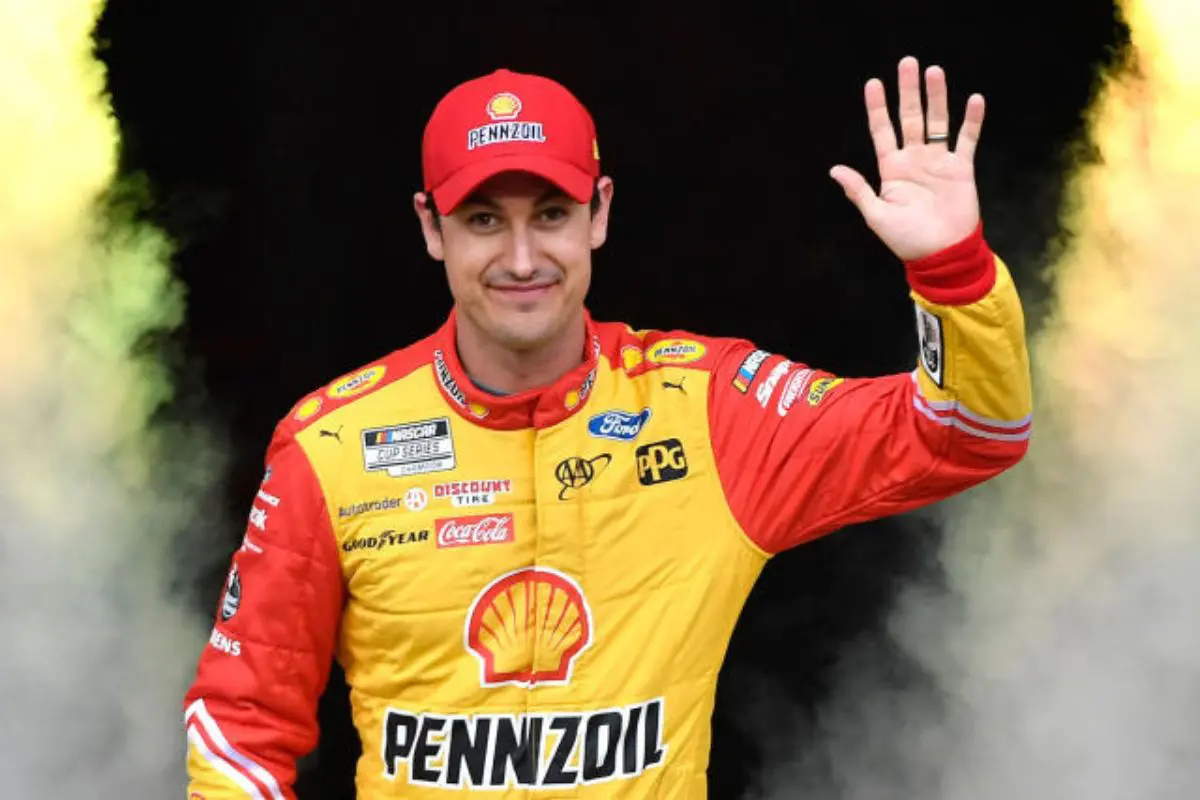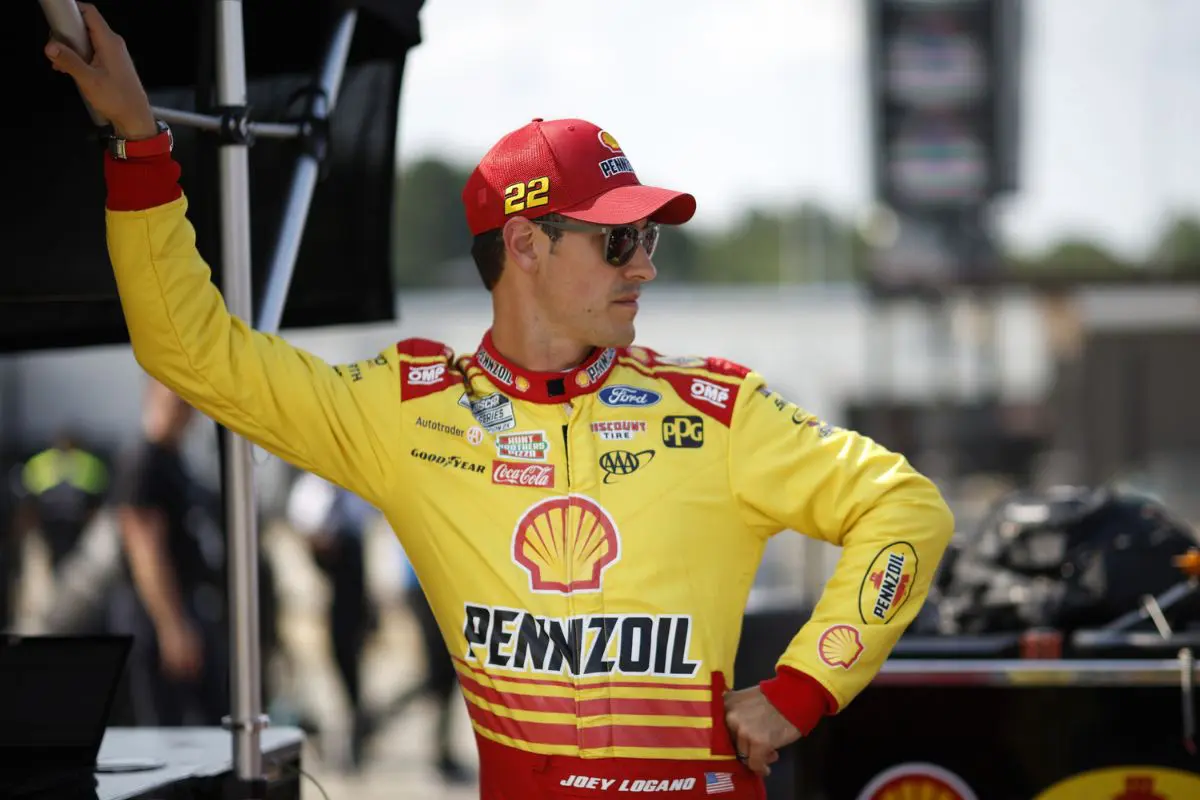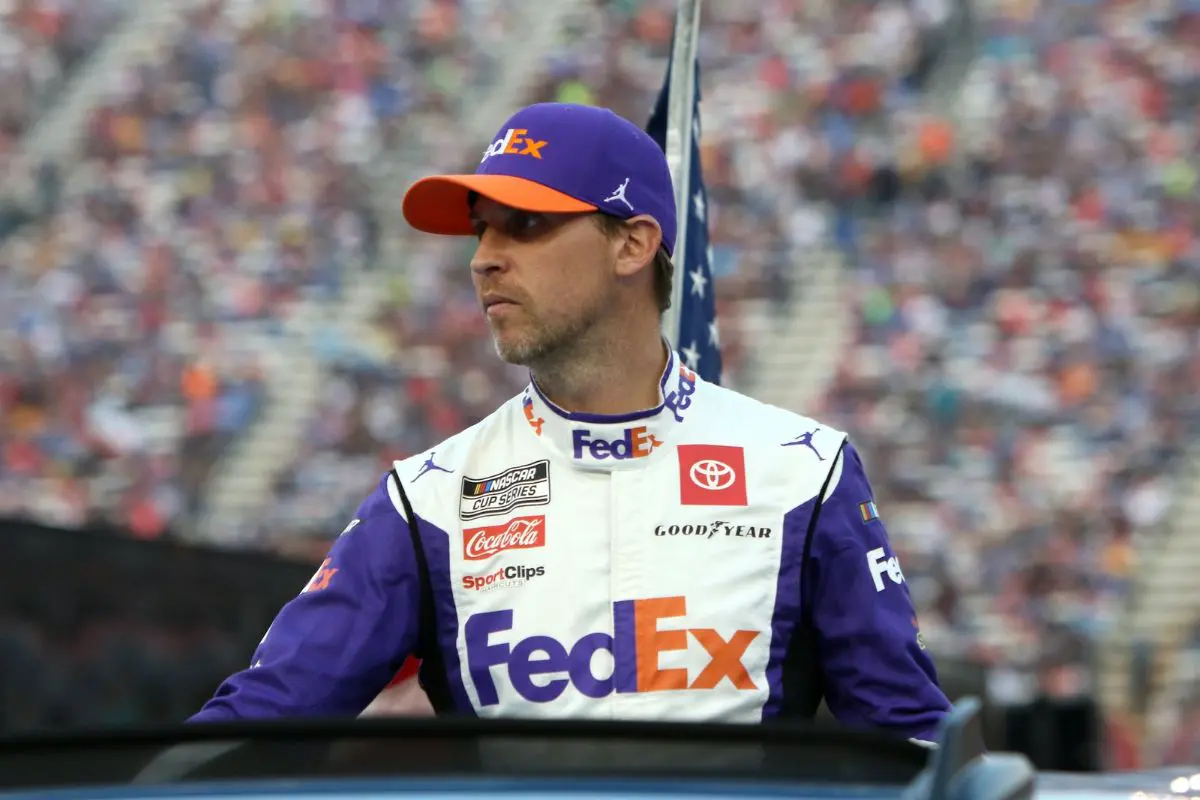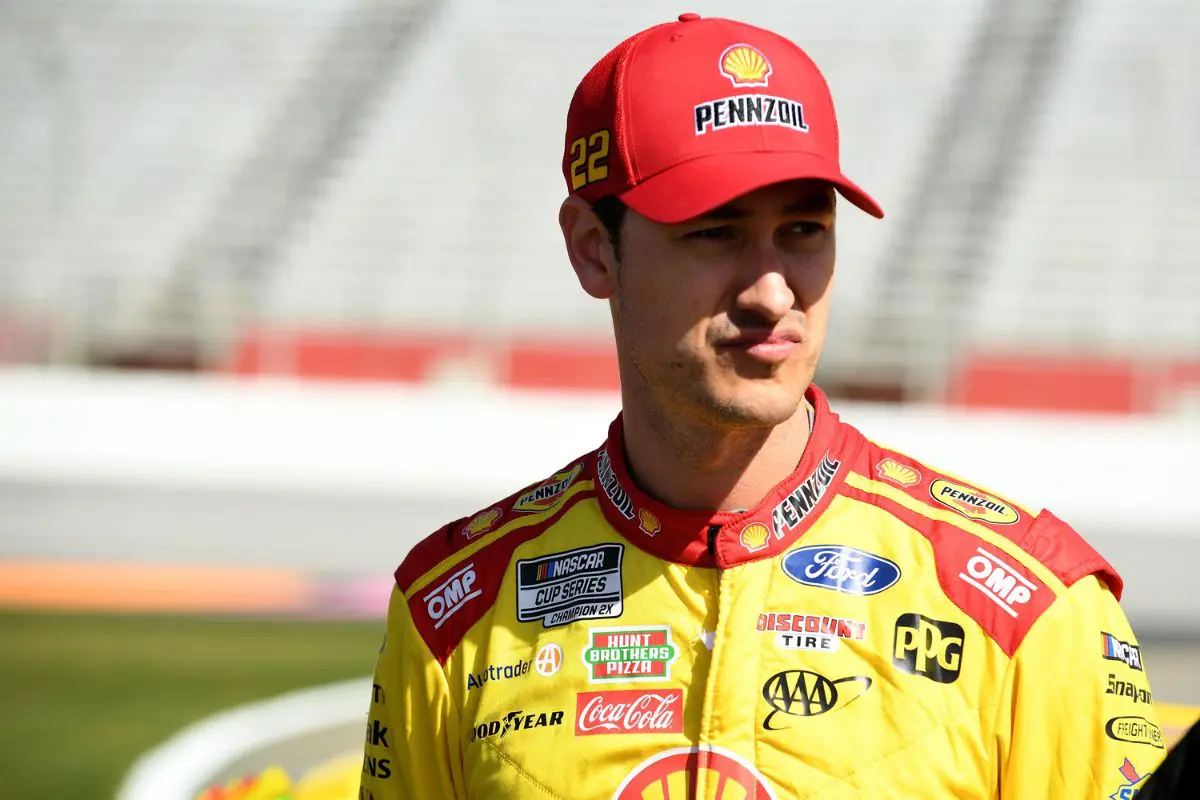Joey Logano Hails Goodyear Tires as Game-Changer: Joey Logano‘s commendation of Goodyear’s latest tire innovations sheds light on a crucial shift in NASCAR dynamics, emphasizing the role of tire wear management in enhancing competitive strategies. By introducing softer compounds, Goodyear amplifies the on-track excitement and challenges drivers to adapt their techniques, raising the stakes in race strategy. This evolution prompts a deeper analysis of how these tire advancements could influence playoff standings and general performance. As teams adjust to this changing landscape, questions arise about its long-term implications for the sport’s future. What might this mean for drivers and teams traversing this new terrain?
Key Highlights
- Joey Logano recognizes Goodyear’s softer tire compounds as a pivotal factor that enhances racing strategies and competition.
- Improved tire performance leads to more overtaking opportunities, reshaping race dynamics and narratives.
- Effective tire management is crucial, as older tires can disadvantage drivers compared to those with fresh tires.
- Logano’s experiences highlight the importance of adapting strategies to evolving track conditions and tire degradation.
- Overall, the advancements in tire technology are seen as a significant win for NASCAR and the sport’s competitive landscape.
Joey Logano’s Insights on Tire Wear Impact
There is no doubt that tire wear plays a crucial role in the dynamics of racing, as highlighted by Joey Logano’s reflections on the recent events at Watkins Glen. Logano emphasized the important impact of tire strategy on competitive performance, particularly in the context of the newly introduced softer tire compound by Goodyear. This compound was engineered to degrade more rapidly, creating a dual-layered tactical landscape where drivers had to navigate not only their pace but also the timing of tire changes.
Logano noted that those who opted to remain on older tires experienced a tangible disadvantage when compared to their competitors who switched to new tires. His observation highlights the essential importance of tire management and pit strategies in modern racing. The contrasting performances between drivers on different tire ages demonstrated how tire wear can facilitate overtaking actions, effectively reshaping the racing narrative.
He pointed out that while previous successes of this tire strategy were mainly seen on short tracks, its effectiveness at the Watkins Glen road course marked a crucial evolution. The complexity of tire fall—where performance diminishes over a run—added layers of strategy that required drivers to be acutely aware of their tire condition relative to competitors.
Logano’s analysis suggests that tire degradation not only boosts racing excitement but also raises the necessity for tactical decision-making, thereby marking a groundbreaking phase in the competitive landscape of NASCAR.
Joey Logano’s Performance and Restart Analysis
In analyzing Joey Logano’s performance at Watkins Glen, the importance of his race restarts becomes evident as a critical factor influencing his general outcome. Starting from the seventh position, Logano faced a challenging scenario that required tactical execution and timing. His ability to take advantage of restarts is often a hallmark of his skillset, yet at Watkins Glen, he struggled to gain the necessary traction. Concluding Stage 1 in seventeenth place, Logano’s initial restart left him unable to maintain his position, illustrating a missed opportunity to utilize his starting advantages.
“I don’t know if anyone would have passed anybody if it wasn’t for people on different strategies and tires’ difference. Because even with 15 lap newer tires it still was very challenging to make the passes. So, I think that Tire Fall was a huge win for the sport.” – Logano
However, Logano exhibited resilience by improving to third place by the end of Stage 2, showing his capacity to adapt and recalibrate during the race. This upward path highlights his formidable racing expertise, yet the ultimate outcome—a fifteenth-place finish—reflects the compounded effects of suboptimal restarts. Logano himself acknowledged that a better restart could have considerably altered the race’s course, emphasizing the essential nature of this aspect in competitive racing.
“It definitely, you know, threw in different options, like you even look at what we did in the end of the second stage, and we decided to stay out on old tires and cars behind us had new tires and we fell back to 11th.” – Logano
.@joeylogano praised @GoodyearRacing's softer tire at @WGI for helping create movement throughout the field.
🗣️ "I don't know if anyone would've passed anybody if it weren't for people on different strategies and tire difference."
Full hour with JL → https://t.co/keYsFmunJW pic.twitter.com/ZyF8N9J0hu
— SiriusXM NASCAR Radio (Ch. 90) (@SiriusXMNASCAR) September 17, 2024
The dynamics of Watkins Glen, with its unique road course challenges, further complicated restart scenarios. Logano’s performance emphasizes the interplay between driver skill and situational factors on the track.
Denny Hamlin’s Perspective on Tire Wear
Denny Hamlin’s insights into Goodyear tire wear illuminate a critical aspect of race strategy that often goes overlooked. While Joey Logano emphasized the tactical advantages presented by softer tires, Hamlin offered a detailed perspective that highlights the complexities of tire performance over the course of a race. He noted that the initial benefits of tire wear diminish as the race progresses.
Specifically, the accumulation of rubber from multiple cars on the track creates a thicker layer that effectively reduces the wear rate of the tires. Hamlin explained that this phenomenon, where 36 cars collectively fill in the track’s pores, results in a more stable racing surface, which ultimately impacts tire degradation.
“The wear just gets 30 percent better or whatever it may be 50 percent better at 36, 58,” he remarked, indicating that while tire longevity improved during the race compared to practice sessions, the dynamic of wear evolves. This observation emphasizes the importance of understanding track conditions as they develop throughout a race, necessitating a more sophisticated approach to tire management.
“Once you put 36 cars out on the race track, and all of them have the same tires, it fills in the pores of the race track, and then it stops wearing. […] Whatever there is in practice, the wear just gets 30% better, or whatever it may be, 50% better.” – hamlin
Moreover, Hamlin acknowledged that the tires lasted longer on race day than during practice or testing, suggesting that both NASCAR and Goodyear could afford to adopt a more aggressive tire strategy.
“Certainly, they went longer, they lasted longer on race day than they did during practice, and I’m sure they lasted longer than what they did during the test. So, it just shows that NASCAR, Goodyear can get even more aggressive.” – hamlin
This insight prompts teams to reflect not just the initial performance of the tires but also how evolving race conditions influence comprehensive strategy—an important consideration for achieving competitive advantage in the highly tactical environment of NASCAR racing.
Playoff Standings and Performance Impact
The playoff standings have taken on a heightened significance as the NASCAR season approaches its climax, and recent performances have highlighted the vital role that each race plays in determining a driver’s fate.
As the competition intensifies, the stakes become considerably higher, with each driver vying for a coveted position in the playoffs. Denny Hamlin’s disappointing finish at Watkins Glen, which dropped him to P13 in the standings, serves as a poignant reminder of how quickly fortunes can change in this high-stakes environment.
In contrast, Joey Logano’s victory in Atlanta has solidified his standing, showcasing the impact that consistent performance can have on playoff positioning.
Key factors influencing playoff standings include:
- Race Consistency: A strong, reliable performance across multiple races is fundamental for securing a top playoff position.
- Tire Management: Effective use of Goodyear tires, as Logano emphasized, plays a significant role in maintaining speed and durability throughout the race.
- Strategic Decisions: Teams must make calculated choices regarding pit stops, tire changes, and race strategies to optimize their performance potential.
Logano’s success exemplifies how mastering the subtleties of race strategy, tire performance, and consistency can pave the way for championship aspirations, while Hamlin’s recent struggles underline the precarious nature of playoff positioning.
News in Brief: Joey Logano Hails Goodyear Tires as Game-Changer
The advancements in Goodyear’s tire technology signify a groundbreaking shift in NASCAR, as articulated by Joey Logano. The introduction of softer tire compounds not only improves racing dynamics but also necessitates tactical depth in tire management. This evolution in tire performance influences competitive narratives, fostering a more engaging experience for both drivers and spectators. As the sport continues to accept these innovations, the implications for race strategy and comprehensive excitement become increasingly profound, reinforcing the integral role of tire technology in NASCAR.
ALSO READ: Joey Logano Takes Blame for Brad Keselowski’s Crash: Slams NASCAR’s Track Conditions




